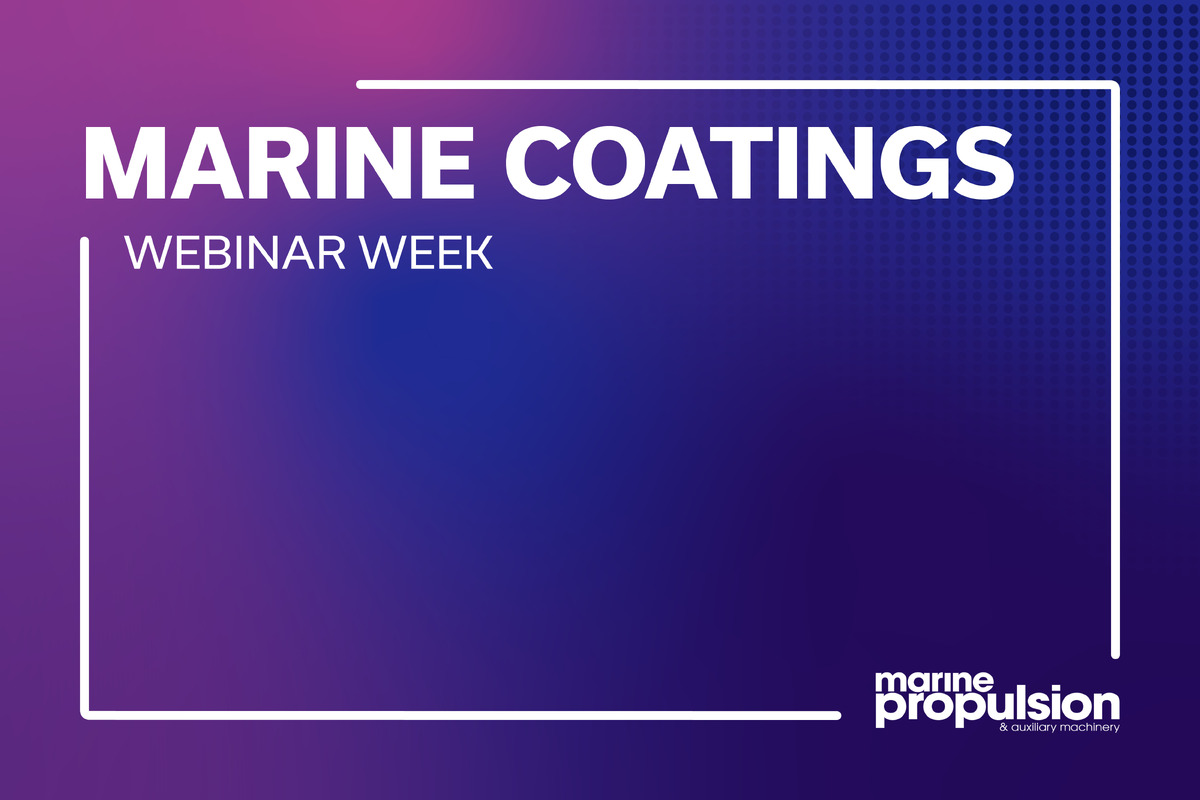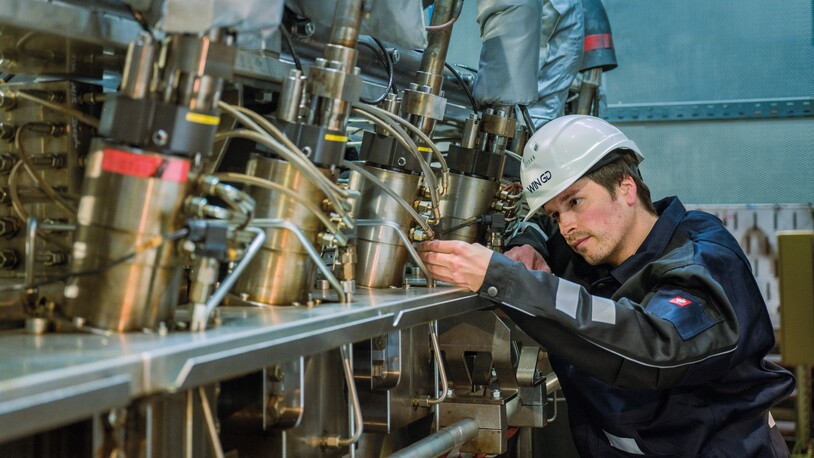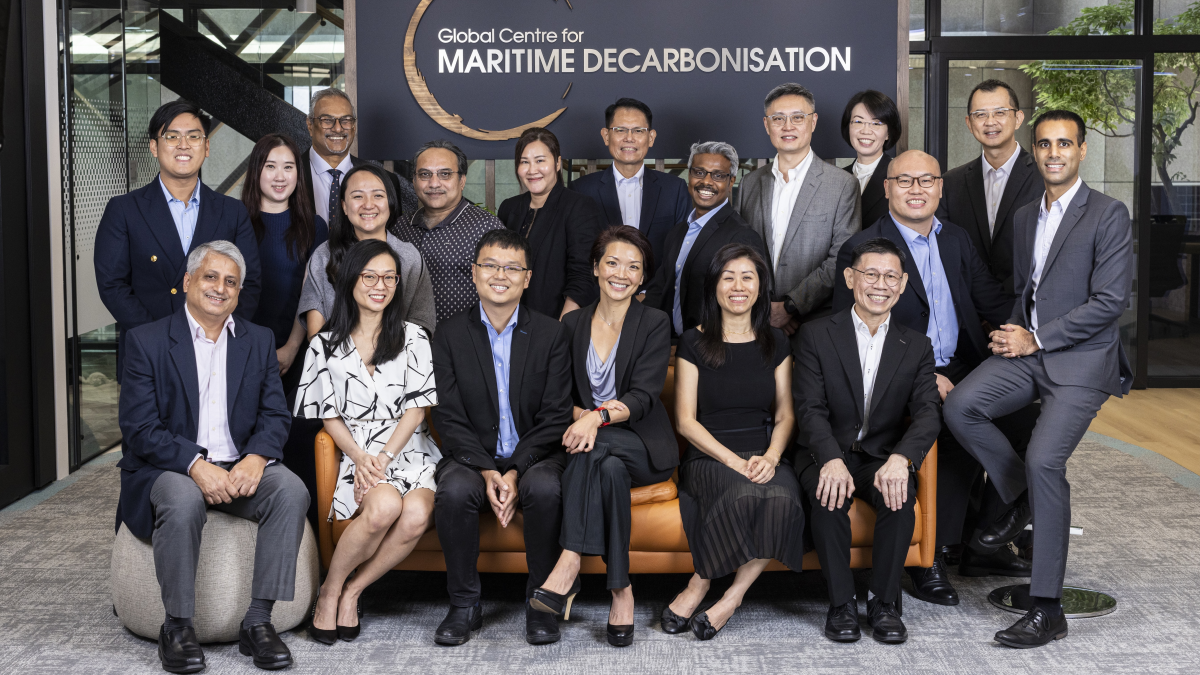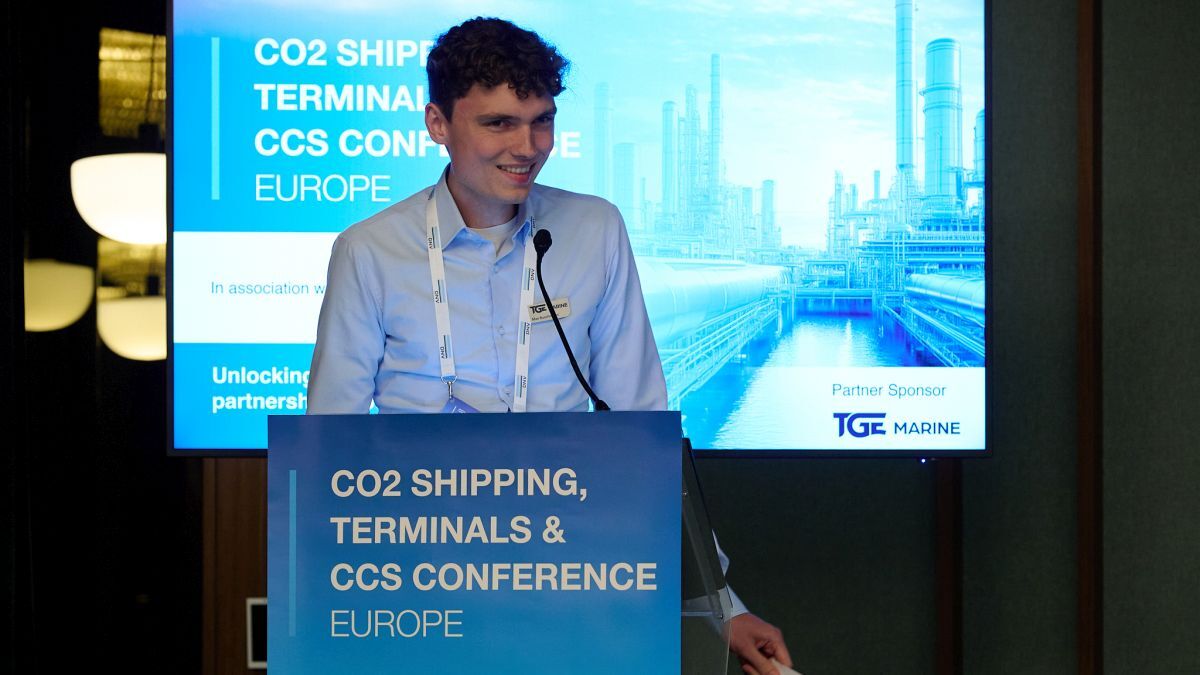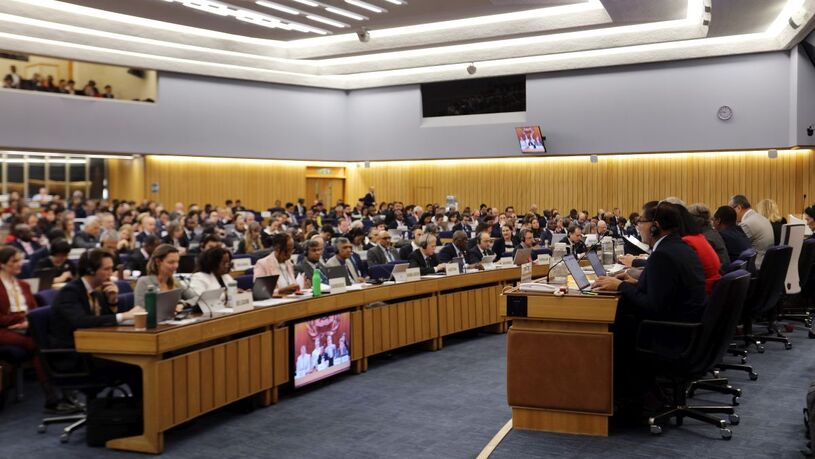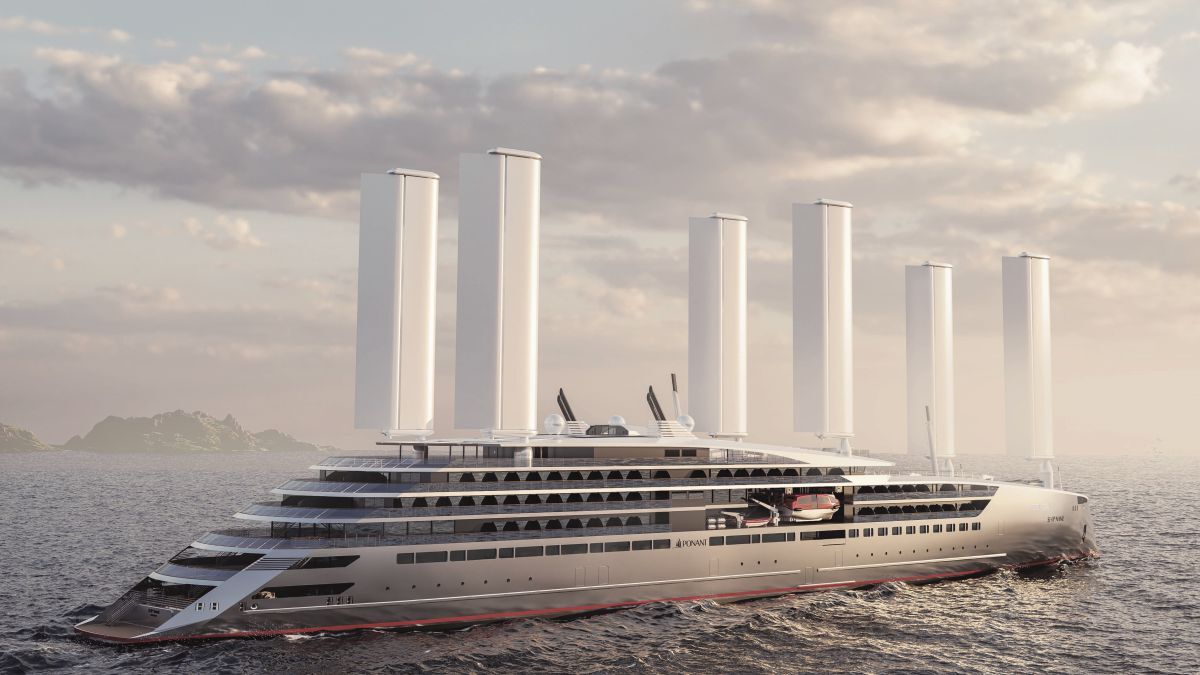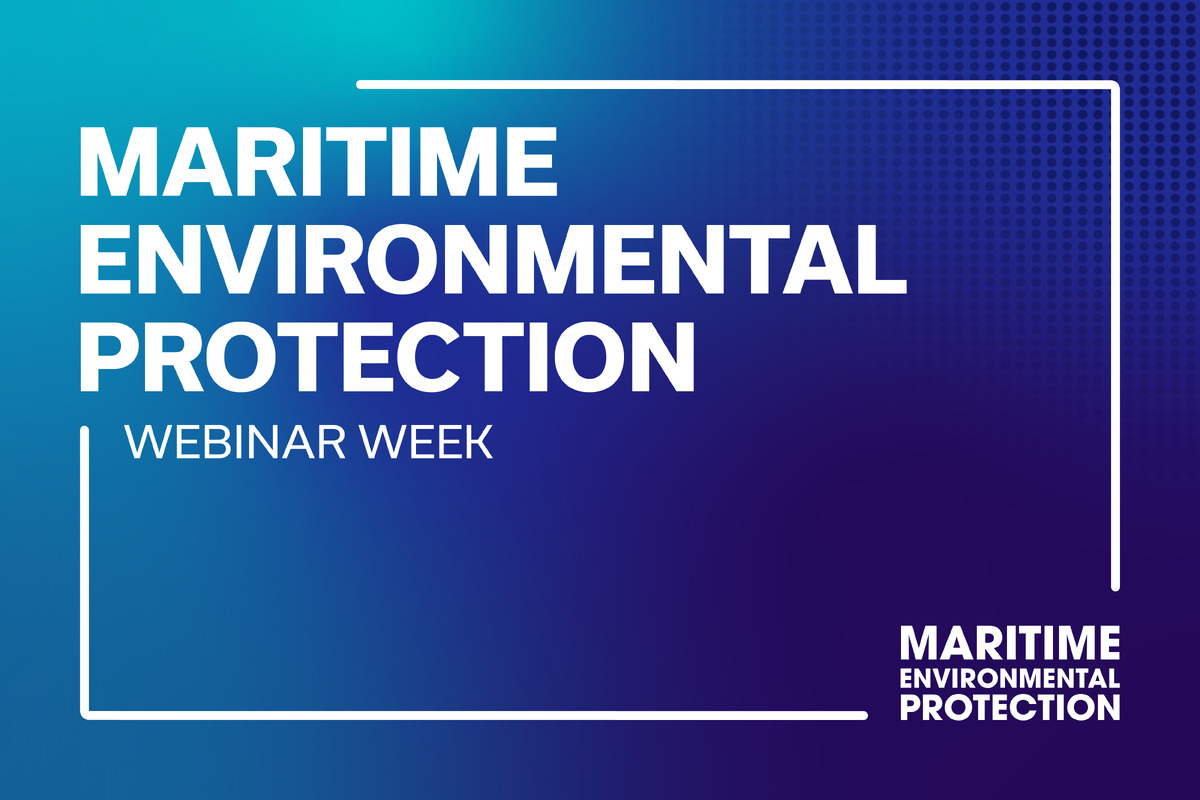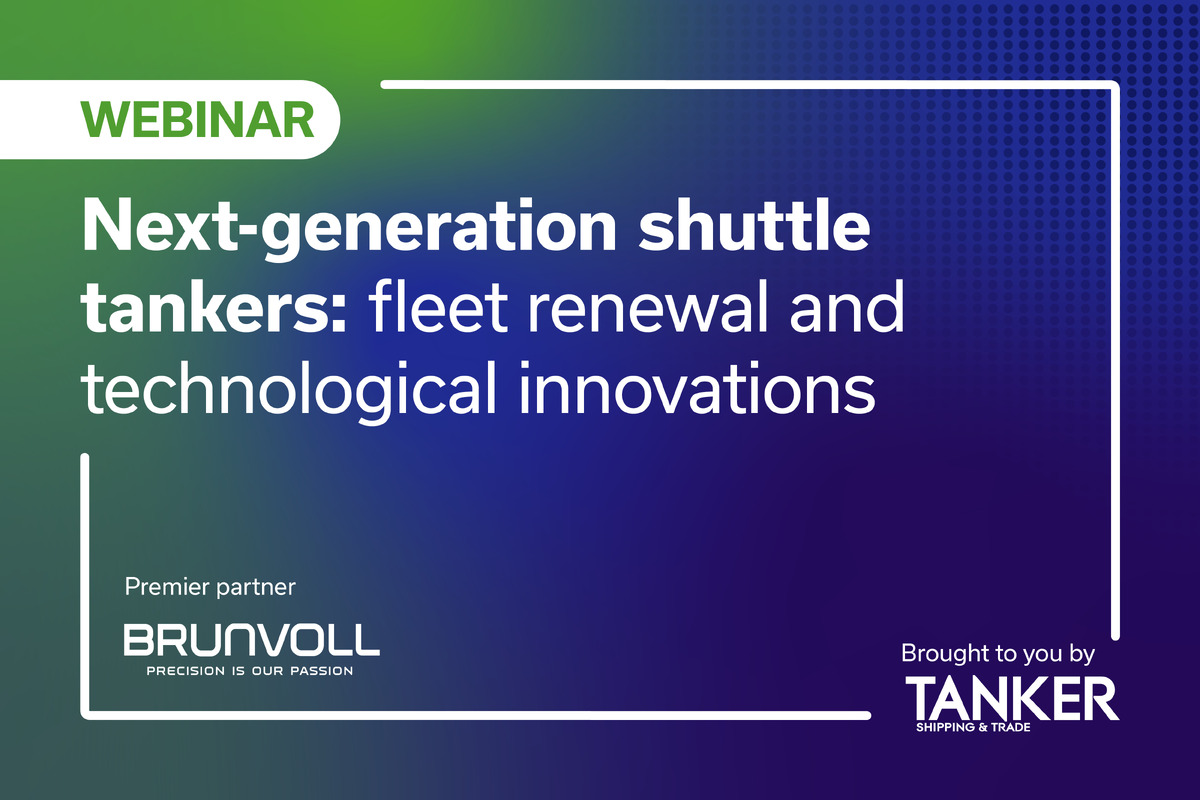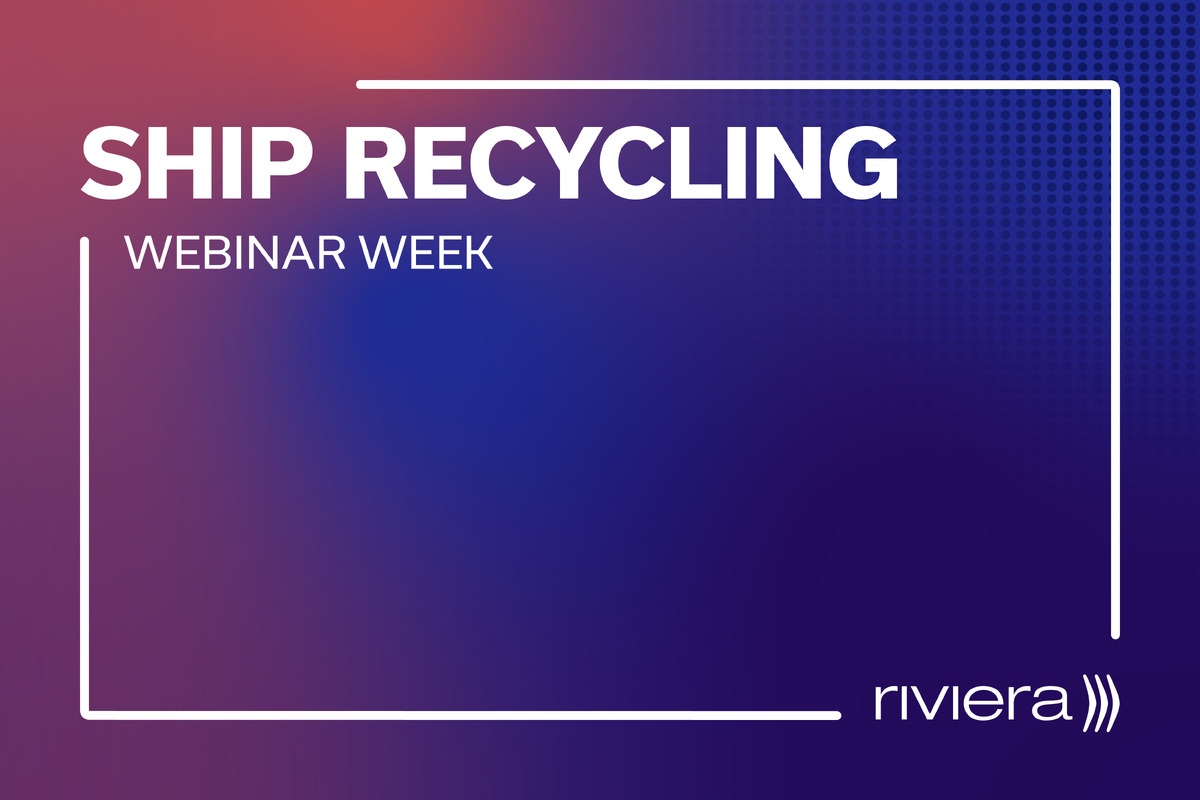Business Sectors
Events
Marine Coatings Webinar Week
Contents
Register to read more articles.
Putting hard GHG numbers to IMO’s pricing mechanism
In the wake of MEPC 83, Singapore think tank GCMD has developed a simple compliance calculator to help shipowners explore how the two-tiered, Greenhouse Gas Fuel Intensity-linked pricing system could impact operational costs
Hardly was the ink dry on IMO’s new greenhouse gas (GHG) emissions pricing system when Professor Lynn Loo sat down with pen and paper to help make sense of it all.
Professor Loo, chief executive of Singapore-based Global Centre for Maritime Decarbonisation (GCMD), was well aware there would be confusion in the wake of the pricing framework revealed at MEPC 83 and that it was important to provide clarity.
She ran calculations that broke down the core workings of the system and then gave the hand-written numbers to a small team that got to work over the weekend.
The team’s task was to develop “a simple, accessible cost and compliance calculator to help shipowners explore how the two-tiered, Greenhouse Gas Fuel Intensity-linked pricing system could impact operational costs.”
The team crunched the numbers and quickly came up with a calculator. Before posting it, another team double-checked the calculations and, as soon as they were verified, the calculator went up for all to see.
“Overnight, the industry had a method for exploring how the system would affect operational costs”
“Whether you’re assessing fuel options, planning newbuilds, or just trying to get a feel for what this might mean for your operations, this tool offers a useful first-cut view,” the centre explains.
For transparency, the team posted their workings on the side of the calculator, so shipowners could trace how it arrived at the numbers.
The result was that, overnight, the industry had a method for exploring how the system would affect operational costs.
Useful though it is, the centre does not claim the tool tells the full story. “The calculator is just one input — its results should be considered alongside other economic and operational factors to inform commercial decisions,” it says. “However, it’s designed to provide a useful initial overview for those assessing fuel options, planning newbuilds, or seeking to understand the operational implications.”
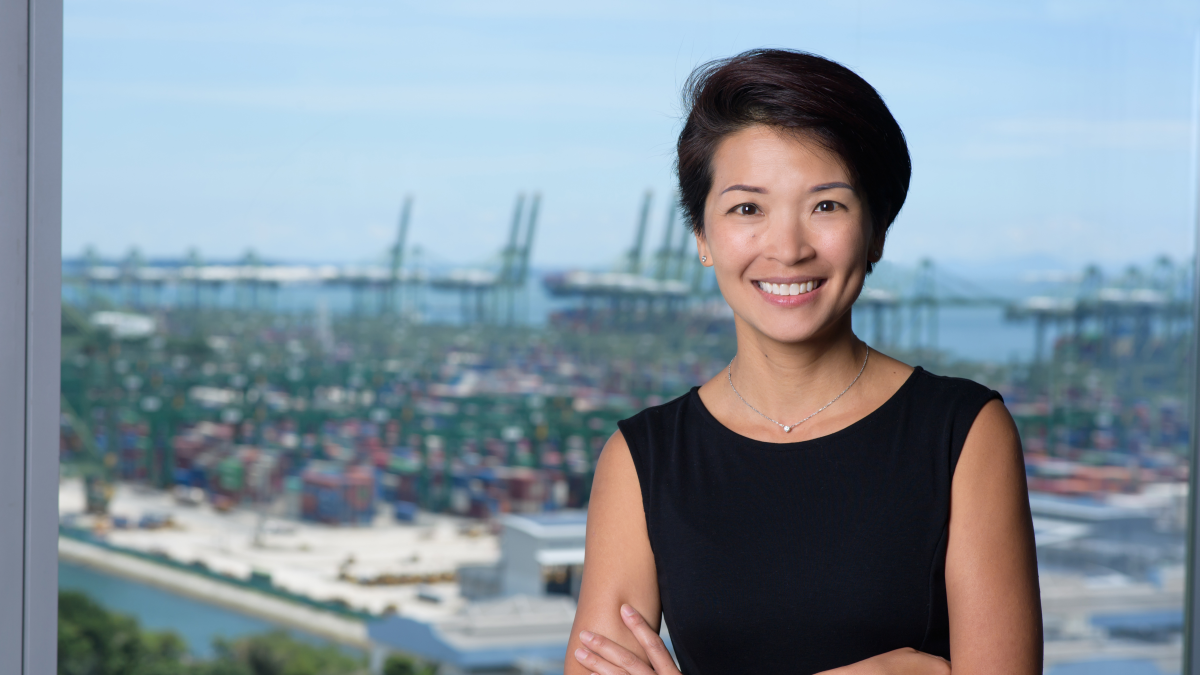
How it works
The calculator is hosted on the centre’s website for easy access. Users can either select from pre-defined fuel types with existing GFI inputs. Alternatively, they can customise the GFI inputs themselves. Users also need to input the annual consumption. All that having been done, the calculator will generate a graph illustrating potential penalties incurred or surplus unit revenue generated up to 2035.
The creation of the tool is what the GCMD is about. Namely, hard numbers. Its particular expertise, it explains, is “in addressing operational complexities through real-world pilot projects” and it is involved in a range of initiatives.
In May, the centre signed a partnership with the Asian Development Bank’s Sustainable and Resilient Maritime Fund that is investing in port infrastructure and alternative fuels, among other projects.
In a related initiative, the centre is deploying onboard sensors that accurately verify fuel savings against the installation of specific technologies. The long-term purpose is to develop a pay-as-you-save financing model that is already been proved in other sectors.
“At this critical juncture, the IMO’s announcement of a global emissions pricing mechanism sends the clearest signal yet that urgent action is required — not only to advance decarbonisation, but also to safeguard the long-term commercial viability of shipowners,” says Professor Loo. “Energy efficiency technologies can play a vital role by reducing fuel consumption, thereby lowering the penalties shipowners will face under IMO’s framework.”
And the calculator certainly counts as an energy efficiency technology. It provides useful numbers for beleaguered shipowners. Here are the basic calculations, courtesy of the GCMD’s site:
“Replacing HFO with biofuels presents a promising strategy”
Ships that emit below the Direct Compliance Target will not be penalised. Instead, they can earn “surplus units” that can be passed on to other ships that need them, or “banked” for future use. Surplus unit prices are market driven and the units can only be banked for two years.
Ships that emit above the Direct Compliance Target but below the Base Target will have to pay a penalty of US$100/ton CO2e. This amount of penalty scales with non-compliant emissions between these two thresholds. The penalty is paid into a Net-Zero Fund, set up and administered by IMO.
Emissions beyond the Base Target will incur an even higher penalty of US$380/ton CO2e. The penalty can be paid into the same IMO fund, or can be balanced with banked or traded surplus units.
Ships that use zero or near-zero (ZNZ) fuels having a GFI below 19 g CO2e/MJ before 2035 and 14 g CO2e/MJ after 2035 are eligible for financial rewards.
Simultaneously, the centre is working on a project called Colossus (carbon capture, offloading, onshore storage, utilisation and permanent storage). This is a heavyweight programme that, as the centre explained in a release in early May, “incorporates CO2 that is captured from HFO combustion onboard vessels into concrete production results in the highest GHG emissions savings of the different utilisation pathways explored, as it partially displaces the need for carbon-intensive cement ashore.”
Replace HFO with biofuel
For the technically minded, the key findings are that the deployment of conventional MEA-based OCCS can result in well-to-wake (WtW) GHG emissions savings of 29% for an HFO-fuelled ship. This means that “replacing HFO with biofuels presents a promising strategy for maximising GHG emissions savings, while the WtW emissions savings for a vessel deploying MEA-based OCCS range from 69% to 121% when using bio-LNG and biodiesel from used cooking oil, respectively.”
Although there is a lot to learn here, the study finds that “among the post-capture scenarios evaluated, fixing the captured CO2 in concrete is most effective [and that] this approach can increase GHG emissions savings from 29% to 60% across the carbon value chain by partially displacing the need for carbon-intensive cement in applications ashore. Post-capture transport and permanent storage of CO2 add minimal emissions, approximately 1 % to the WtW emissions of a vessel deploying MEA-based OCCS when the captured CO2 is transported 1,000 kms.”
Related to this Story
Events
Marine Coatings Webinar Week
Maritime Environmental Protection Webinar Week
Ship Recycling Webinar Week
© 2024 Riviera Maritime Media Ltd.
